
NEWS
06-02-2020 by redazione
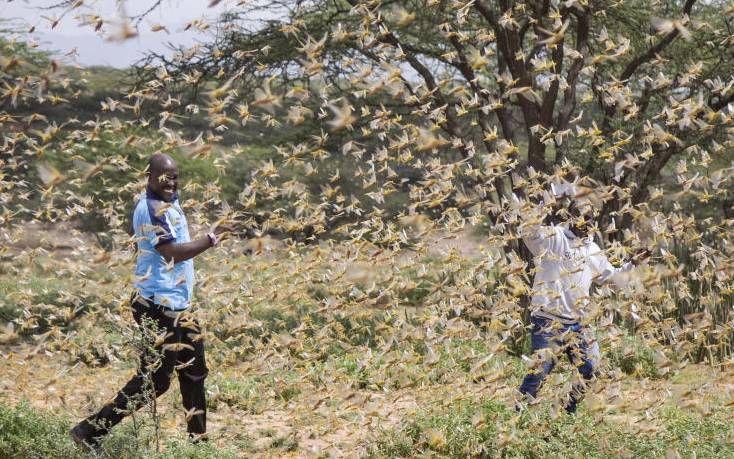
"If we do not soon manage to rid our reserves of the locust invasion, the entire natural territory of the Rift Valley is at serious risk of conservation and humanitarian catastrophe."
This is the joint message of the Rangers of the various Conservancies of Kenya, in the face of the largest invasion of migrating desert insect swarms in the last hundred years in Sub-Saharan Africa and in particular in Kenya, Ethiopia and Somalia.
Although the scale of this presence is not yet at apocalyptic levels, the speed with which locusts move and reproduce and the as yet inadequate means of institutions intervening in the area suggest the worst in the near future, with potentially disastrous consequences not only for the livelihoods of the community, but also for some of the continent's most representative wild animals.
The swarms now invading Kenya have arrived from Somalia and Ethiopia, where they have already caused widespread devastation of crops and pastures before moving south and then west with the prevailing winds.
Witnesses and operators who witnessed their arrival described the flying swarms as 'moving clouds' and 'dense white smoke'. The damage caused during their laborious activity and tireless feeding frenzy has yet to be fully assessed, but the main concern is what could happen if the persistence of these weather conditions did not cause them to migrate elsewhere. If the rains continue in this heat, the locust population could increase up to five hundred times in a few months and we would be faced with an unprecedented emergency.
A single Desert Locust consumes its body weight in a day and a half million of these insects, which is only a small part of an average swarm, is able to devour the same vegetation as ten elephants in just one day's space, while a complete swarm, according to the FAO, can cover an area of 24000 square kilometres during its stopover.
It is easy to see how an entire landscape can be dried and defoliated, and how it can pose a serious threat to the survival of large herbivores throughout Kenya.
The Conservancy Evening, for example, which has recently suffered a worrying invasion, as well as being one of the main grazing and breeding grounds for rhinos, is an ideal environment for other endangered species.
Locust outbreaks are a natural phenomenon triggered by abundant rainfall and the consequent growth of vegetation, but there seems to be no doubt that a prolonged period of extreme weather has played a role here. Off-season torrential downpours in the Arabian Peninsula, precipitated by a series of cyclones (a symptom of our changing climate), were followed by further extensive attacks of heavy rainfall, creating the ideal conditions for subsequent generations of locusts to reproduce in a very short time.
In addition, as the Government has so far failed to adopt widespread solutions using chemicals that are supposed to be safe for other wildlife and humans, populations in the areas affected by the invasion are taking matters into their own hands, using more harmful pesticides that could have a serious environmental impact.
Despite reassurances, concerns remain about the possible health implications for wildlife - and humans - when they feed on sprayed vegetation, or drink from pesticide-contaminated water sources.
The invasion has fortunately not yet spread to food-producing regions of Kenya, but pastoral communities, including those in and around Sera, are understandably nervous about the loss of the pastures on which their livestock depend. The locust invasion poses a real threat to conservation, livelihoods and security in northern Kenya. It is hoped that control measures will be intensified nationwide in the coming days and weeks before the swarms multiply to unmanageable levels and that migration, this time of pastoral communities and entire families, will not lead to conflicts over land and water.
NEWS
by redazione
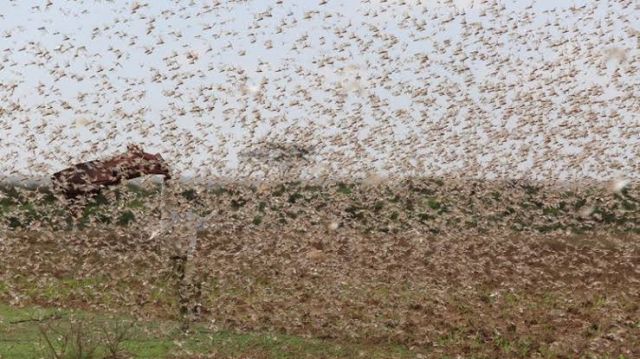
North East Kenya has been plagued for weeks by an unprecedented locust invasion. Insects...
NEWS
by redazione
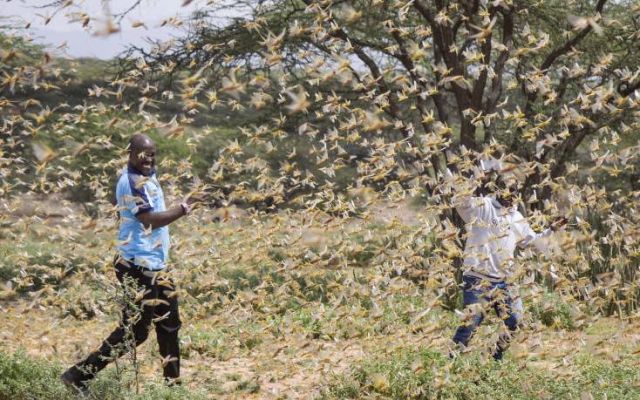
A new endless swarm of desert locusts threaten Kenya, but this time they have gone as ...
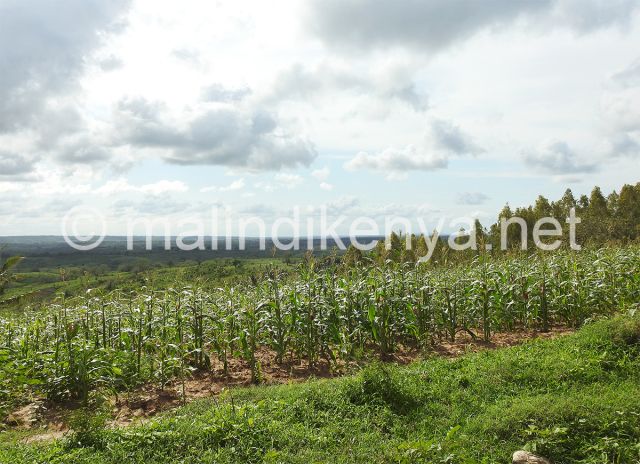
Low rainfall during Kenya's cold season means a shortage of maize meal, the main staple...
METEO
by redazione
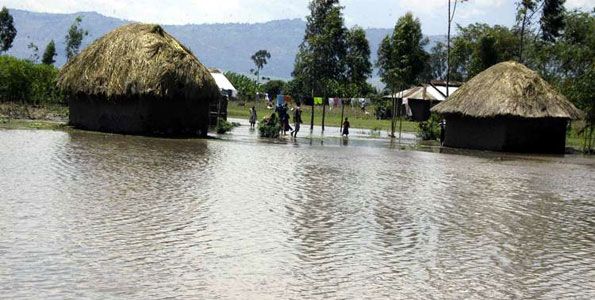
Still unstable weather conditions throughout Kenya, including the coast.
The...
CLIMATE
by Freddie del Curatolo

One of the most heartfelt, passionate, yet forceful and direct speeches of the Glasgow COP26 global...
EDITORIAL
by Freddie del Curatolo
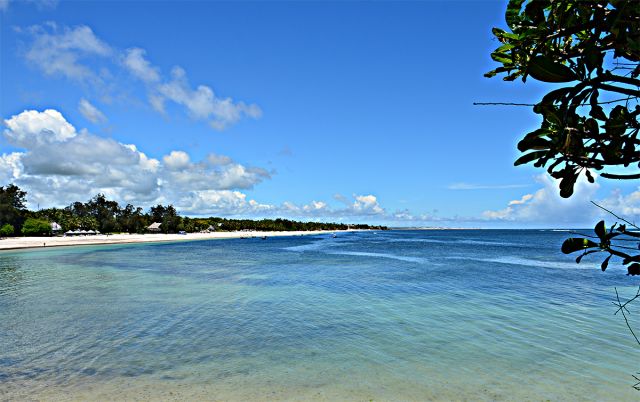
You will see this for yourself in the editorial video on our YouTube channel, which you can...
AFRICAN CLIMATE
by Freddie del Curatolo

Someone has said that Africa has always suffered the faults of the rest of the world but also...
CORONAVIRUS
by redazione

More than a year after the start of the pandemic in Kenya, it is already possible to draw some effective...
LATEST NEWS
by redazione

Due to the heavy rains that have been raging since tonight on Malindi and the Kenyan coast, the...

Another step towards the abolition of tax barriers and the implementation of bilateral agreements...
REAL ESTATE
by redazione
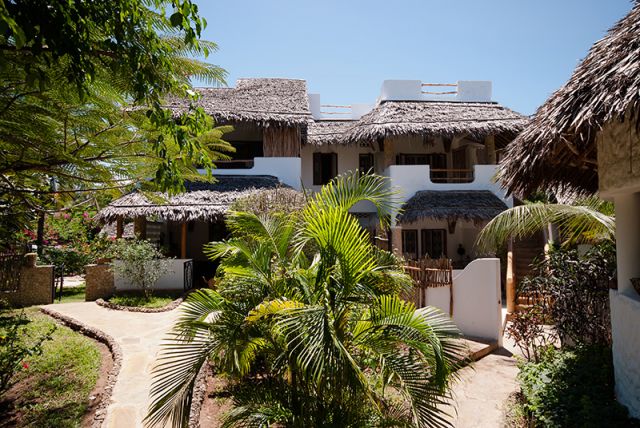
How many after attending Kenya and its coast, or even just hearing about it from those who have...
ENVIRONMENT
by Leni Frau
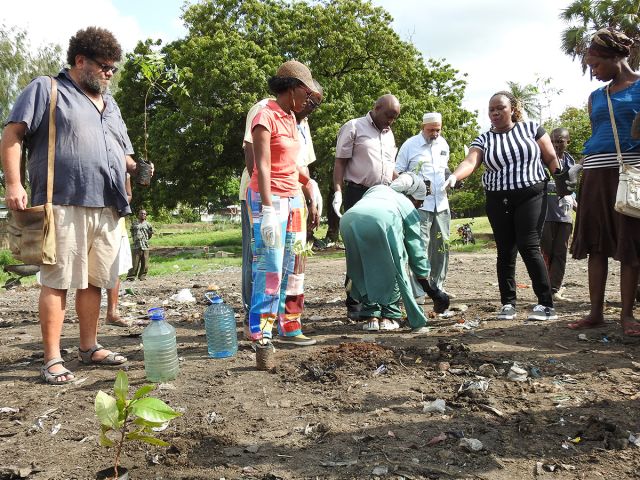
We now repeat it every time: in Malindi, as in every part of the world, one can no longer expect saints from heaven or politicians from the armchair.
Appealing to...
NEWS
by redazione

Even Watamu goes down in the streets to defend its beauty and public health, before...